Money trees are popular houseplants that are said to bring good luck and prosperity to their owners.
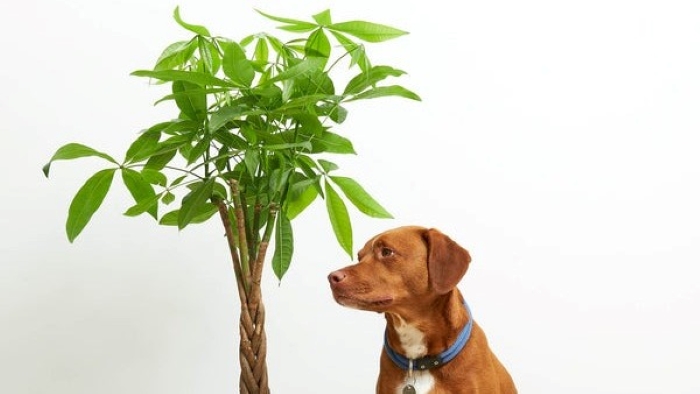
They have shiny green leaves that grow in clusters and braided trunks that add to their appeal.
But if you have a furry friend at home, you might be wondering if money trees are safe for your dog.
In this blog, we will answer the question: Are money trees toxic to dogs?
Contents
What are Money Trees?
Pachira aquatica, Malabar chestnut, and Guiana chestnut are other names for money trees.
They naturally occur in marshes and swamps in Central and South America.
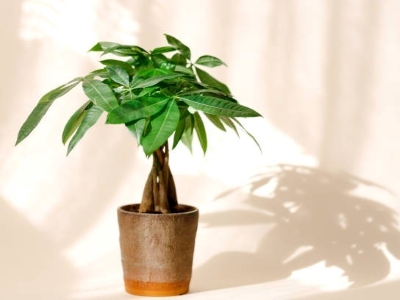
They are often kept as indoor plants in pots or as bonsai because they may grow up to 60 feet tall in their native environment.
They need only mild indirect sunlight and minimal watering to thrive.
Money trees are believed to attract wealth and fortune according to the principles of feng shui.
They are often given as gifts for housewarmings, weddings, or birthdays.
They are also considered to be symbols of resilience, harmony, and growth.
Are Money Trees Toxic to Dogs?
The good news is that money trees are not very toxic to dogs.
According to the ASPCA, “Money trees are non-toxic to dogs, cats, and horses.“
They do not contain any harmful substances that can cause serious health problems for your pets.
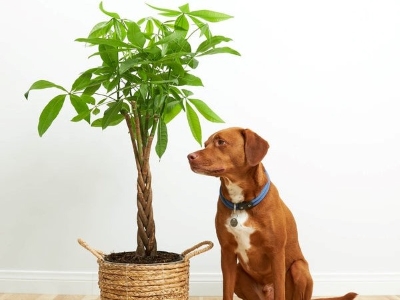
This does not imply, however, that you should let your dog eat money tree leaves.
Your dog may still have some minor stomach problems if they eat money trees.
Following the consumption of money tree leaves, your dog can exhibit any of the following symptoms:
- Nausea
- Vomiting
- Loose stool
- Diarrhea
These signs often don’t pose a serious threat to life and go away in a few days.
But you must call your vet right away if your dog consumes a lot of money tree leaves or displays symptoms of weakness, dehydration, or blood in the stool[1].
Cautionary Notes
While money trees are not known to be toxic to dogs, it’s essential to exercise some caution:
- Chewing and Ingestion
Some dogs are naturally curious and may chew on houseplants, including money trees.
While the plant itself is not toxic, ingesting large quantities of leaves or other parts of the plant could lead to gastrointestinal upset, such as vomiting or diarrhea[2].
- Potential Allergies
Just as with humans, some dogs may have allergies or sensitivities to certain plants.
While money trees are not common allergens, it’s essential to monitor your dog’s behavior and health when introducing any new plant into your home[3].
- Pesticides and Fertilizers
The chemicals used to treat and fertilize indoor plants can be harmful to dogs.
Keep your money tree and other indoor plants out of your dog’s reach, and be cautious when using any chemicals near your plants.
How to Prevent Your Dog From Eating Money Tree Leaves
Preventing your dog from eating money tree (Pachira aquatica) leaves, which can be toxic to dogs if ingested in large quantities, is essential for their safety.
Here are some steps you can take to keep your dog away from your money tree:
- Move the Money Tree
The simplest way to prevent your dog from eating the money tree leaves is to keep the plant out of your dog’s reach.
Place it on a high shelf or use a hanging basket.
- Use a Barrier
Create a physical barrier around the money tree.
You can use baby gates or pet playpens to keep your dog away from the plant.
- Training
Train your dog to stay away from the money tree.
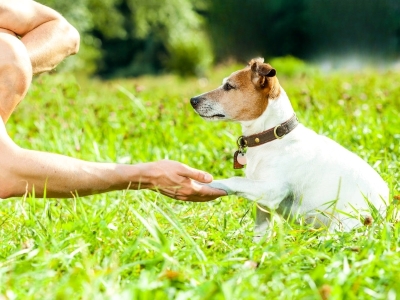
Use commands like “Leave it” or “Stay” and reward them with treats and praise when they obey.
Consistency is key in training.
- Bitter Spray
Consider using a pet-safe bitter spray on the money tree leaves.
The bitter taste will deter your dog from chewing on the plant.
- Provide Alternative Chewing Options
Dogs often chew on plants out of boredom or to satisfy their natural chewing instincts.
Offer your dog appropriate chew toys or treats to redirect their attention away from the money tree.
- Supervision
Watch your dog closely if they are in the same room as the money tree.
If you see them heading toward the plant, step in right away and provide verbal instructions.
- Use Repellents
Certain pet-friendly repellents are intended to prevent dogs from going near specific locations or things.
Consult your pet’s veterinarian for advice.
- Crate Training
If you’re unable to supervise your dog around the money tree, consider crate training as a safe alternative.
- Consult a Veterinarian
If you suspect your dog has ingested money tree leaves or is showing any signs of illness after exposure, consult your veterinarian immediately.
Early treatment can be crucial in cases of plant toxicity.
Other Pet-Safe House Plants
To protect your furry companions’ health, you must have indoor plants that are suitable for pets.
You could think about including the following plants in your house since they are pet-friendly:
Spider Plant (Chlorophytum comosum)
Description:
Spider plants are known for their long, arching green and white-striped leaves.
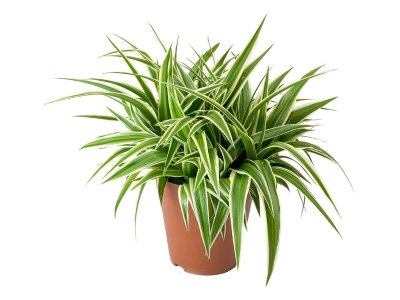
They are relatively easy to care for and can produce small white flowers.
Pet Safety
Spider plants are non-toxic to cats and dogs.
Care
They thrive in bright, indirect light but can tolerate some shade.
Keep the soil evenly moist, but don’t let it become waterlogged.
Spider plants are excellent air purifiers.
Tips
Prune brown or yellowing leaves and repot when they become root-bound.
African Violet (Saintpaulia)
Description
African violets are small, compact plants with fuzzy leaves and vibrant, colorful flowers.
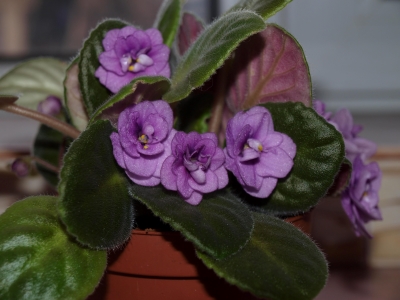
Pet Safety
African violets are safe for pets.
Care
Place them in bright, indirect light, but avoid direct sunlight.
Water from the bottom to prevent getting the leaves wet.
Keep the soil consistently moist but not soggy.
Tips
Use a well-draining potting mix designed for African violets and avoid overwatering, as they can be susceptible to root rot.
Boston Fern (Nephrolepis exaltata)
Description
Boston ferns have feathery, delicate fronds that give them a lush, tropical appearance.
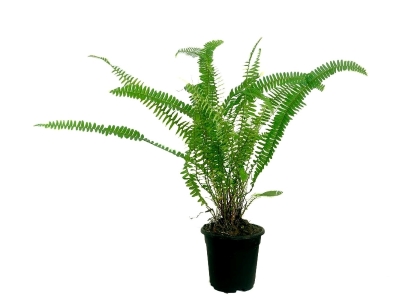
Pet Safety
Boston ferns are non-toxic to pets.
Care
They prefer bright, indirect light and high humidity.
Keep the soil evenly moist but not waterlogged.
Mist the leaves regularly or use a humidity tray.
Tips
If the air is dry, consider using a humidifier or placing the pot on a tray filled with water and pebbles to increase humidity.
Areca Palm (Dypsis lutescens)
Description
Areca palms, also known as butterfly palms, have feathery fronds and can grow quite tall, making them ideal for larger spaces.
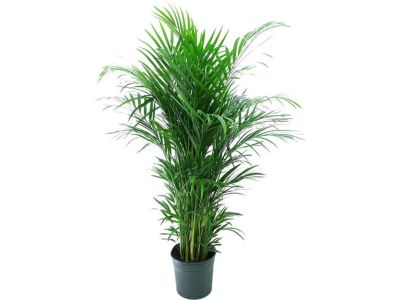
Pet Safety
Areca palms are safe for pets.
Care
Provide bright, indirect light.
Allow the top inch of soil to dry out between waterings.
Regularly mist the fronds to maintain humidity.
Tips
Dust the leaves periodically to keep them clean and ensure proper growth.
Calathea (Calathea spp.)
Description
Calathea plants are known for their striking, patterned leaves in various colors and patterns.
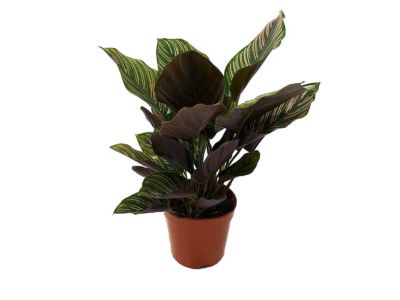
Pet Safety
Calathea plants are safe for pets.
Care
Place them in bright, indirect light and maintain higher humidity levels.
Keep the soil consistently moist but not waterlogged.
Water with filtered or distilled water to avoid mineral buildup.
Tips
Calathea plants are sensitive to temperature and humidity changes, so try to maintain a stable environment for them.
Prune damaged leaves to encourage new growth.
If you have other houseplants that may be harmful to dogs, such as lilies, sago palms, or oleanders, keep them away from your dog or remove them entirely.
You can check the ASPCA’s list of toxic and non-toxic plants for more information[4].
FAQs
Can I place my money tree where my dog can reach it?
It’s best to position your money tree in a location where your dog cannot easily access it. Placing it on a high shelf, using a hanging planter, or keeping it in a room that your dog does not frequent can help prevent unwanted interactions.
Can dogs safely chew on money tree leaves?
While money tree leaves are not toxic to dogs, it’s not advisable to encourage chewing on them. Ingesting large quantities of any plant material, including money tree leaves, can lead to gastrointestinal upset, such as vomiting or diarrhea.
How can I deter my dog from chewing on indoor plants?
To discourage your dog from chewing on indoor plants, provide plenty of dog-safe toys and treats. You can also use pet-friendly deterrent sprays on plants to make them less appealing to your dog.
Can my dog develop allergies to money trees?
While it’s rare, some dogs can have allergies or sensitivities to certain plants. If you notice any unusual reactions, such as skin irritation or changes in behavior, when you introduce a new plant like a money tree, consult your veterinarian for guidance.
Are there any specific precautions I should take with pesticides or fertilizers when I have indoor plants?
Yes, be cautious about using chemicals on indoor plants. Ensure that any pesticides or fertilizers you use are pet-friendly and safe for dogs. Store these products securely and away from your dog’s reach.
Conclusion
Money trees are beautiful and lucky plants that can brighten up your home. They are also safe for your dog, as they are not very toxic.
However, you should still prevent your dog from eating money tree leaves, as they can cause some mild digestive issues.
By keeping your money tree out of your dog’s reach, training your dog to leave it alone, and checking other houseplants for toxicity, you can ensure a healthy and happy environment for both you and your pet.
I hope this blog helps you with your question.
If you need more assistance with writing, rewriting, improving, or optimizing your content, please let me know. 😊
Reference:
- Warning signs of dehydration in dogs | American Kennel Club
- What to do if your dog has an upset stomach | WebMD
- Welfare of dogs: normal behaviour patterns | Nidirect
- Toxic and Non-Toxic plants. (n.d.-b) | ASPCA

Dania is a dog groomer living in California, who loves styling dogs. She often uses dog accessories to keep them distracted while grooming. She is also a dog parent to a Pomeranian, Duke. It’s because of him she is always on a lookout for the best dog foods, toys, other dog accessories, and ways to keep him equipped, healthy and happy.


